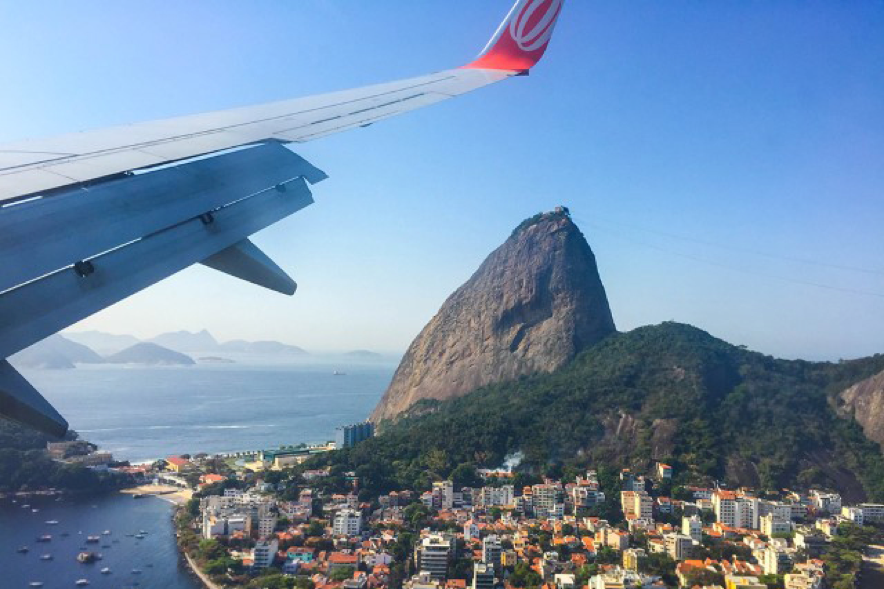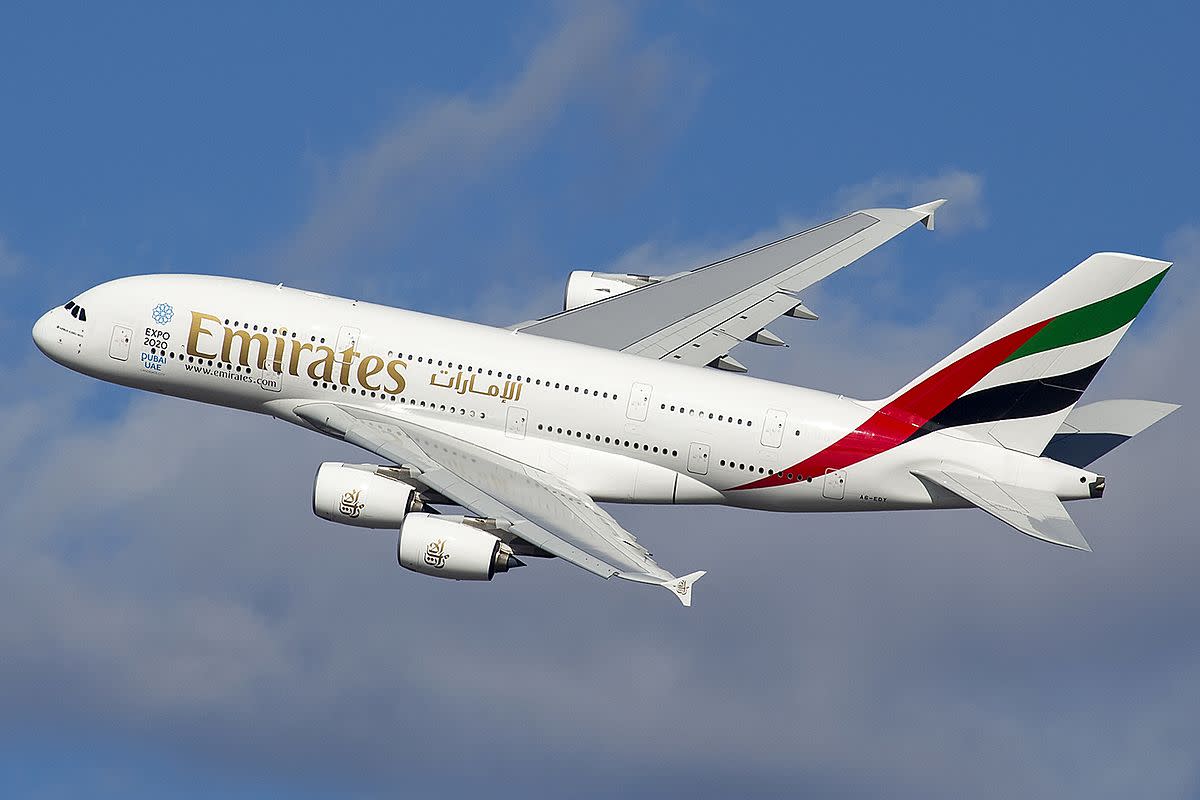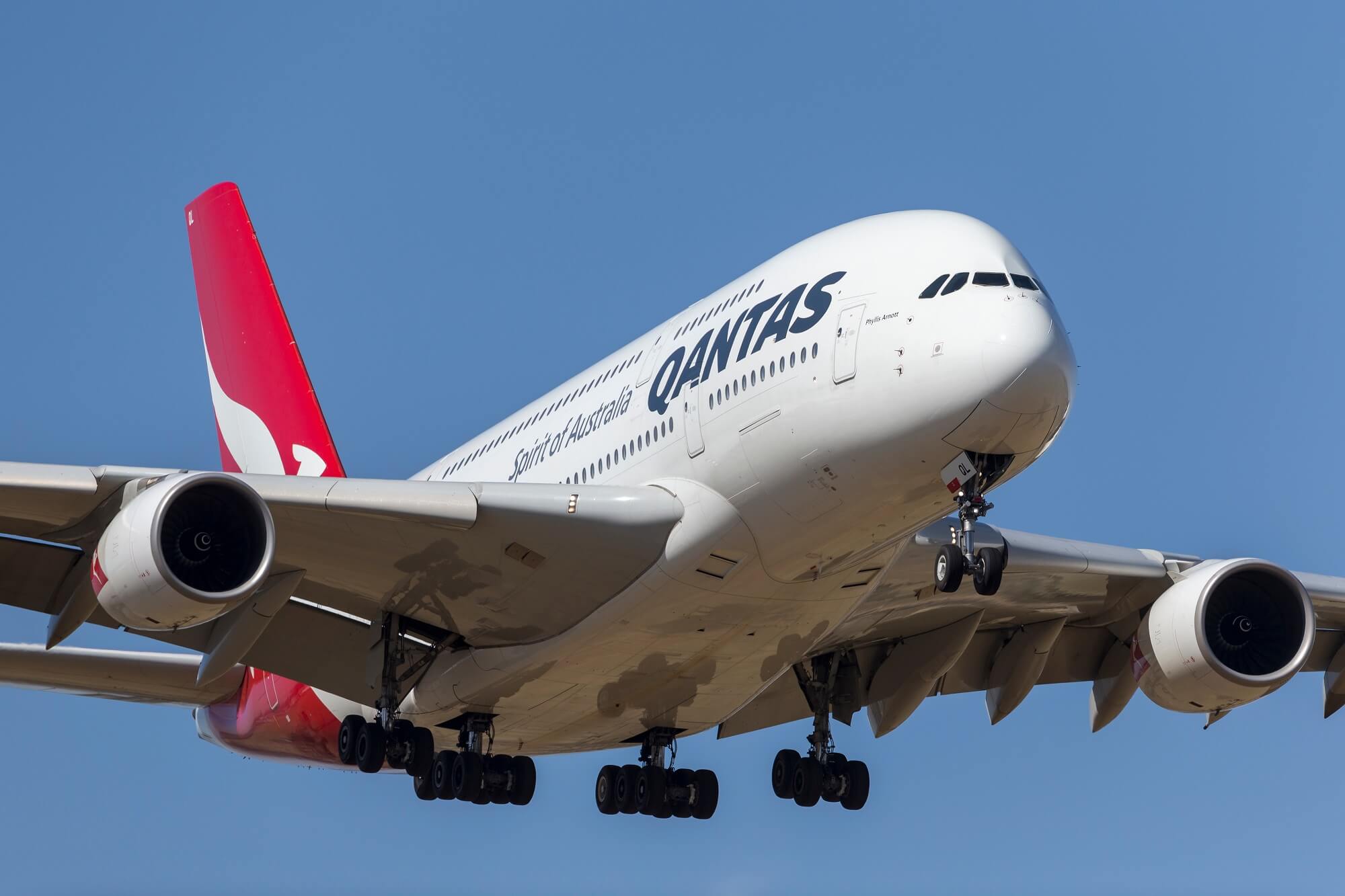Brazilian Aviation Industry: Passenger Plane Brazil

Brazil boasts a vibrant and dynamic aviation industry, playing a crucial role in connecting its vast territory and contributing significantly to the global aviation landscape. This sector has a rich history, marked by key milestones and developments that have shaped its current state.
History of Aviation in Brazil
The early days of aviation in Brazil were characterized by pioneering efforts and a growing fascination with the possibilities of flight.
- In 1909, Alberto Santos-Dumont, a Brazilian aviation pioneer, achieved the first successful public flight in a heavier-than-air aircraft, solidifying Brazil’s place in aviation history.
- The establishment of the Brazilian Air Force (FAB) in 1941 marked a significant turning point, providing a strong foundation for the development of a robust aviation infrastructure and fostering the growth of the industry.
- The 1960s witnessed the emergence of VARIG, a major Brazilian airline that gained international recognition and became a prominent player in the global aviation market.
- Throughout the 20th century, Brazil’s aviation industry expanded rapidly, fueled by economic growth and the increasing demand for air travel.
Key Players and Major Airports
The Brazilian aviation industry is home to a diverse range of airlines, airports, and aviation service providers.
- Airlines: Some of the key players in the Brazilian airline market include GOL Linhas Aéreas Inteligentes, LATAM Airlines Brasil, Azul Brazilian Airlines, and Avianca Brasil. These airlines operate extensive domestic and international networks, connecting major cities within Brazil and beyond.
- Airports: Brazil boasts a network of modern and well-equipped airports, including:
- Guarulhos International Airport (GRU) in São Paulo, the busiest airport in Brazil and a major hub for international flights.
- Galeão International Airport (GIG) in Rio de Janeiro, a significant gateway for tourists and a key hub for domestic and international flights.
- Brasília International Airport (BSB), the main airport serving the capital city of Brasília and a crucial hub for domestic flights.
- Confins International Airport (CNF) in Belo Horizonte, a major airport in the southeastern region of Brazil, serving both domestic and international destinations.
- Aviation Service Providers: The Brazilian aviation industry also includes a wide range of service providers, such as aircraft maintenance companies, ground handling services, and air traffic control organizations.
Current State of the Brazilian Aviation Industry
The Brazilian aviation industry continues to evolve, driven by factors such as passenger traffic growth, fleet expansion, and technological advancements.
- Passenger Traffic: Brazil has witnessed a steady increase in passenger traffic over the years, fueled by economic growth and rising disposable incomes. This growth has been particularly evident in the domestic market, with airlines expanding their networks to cater to the increasing demand for air travel.
- Fleet Size: The Brazilian aviation industry boasts a modern and growing fleet of aircraft, with airlines investing in new and fuel-efficient models to enhance operational efficiency and reduce environmental impact. This expansion has been driven by the need to accommodate the increasing passenger traffic and to improve the overall quality of air travel.
- Market Trends: The Brazilian aviation industry is facing several key trends, including:
- Increased Competition: The emergence of new low-cost carriers has intensified competition in the market, leading to lower fares and greater choices for passengers.
- Focus on Sustainability: Airlines are increasingly prioritizing sustainability initiatives, investing in fuel-efficient aircraft, implementing environmental management programs, and reducing their carbon footprint.
- Technological Advancements: The aviation industry is embracing technological advancements, such as digitalization, data analytics, and automation, to improve operational efficiency, enhance passenger experience, and increase safety.
Contributions to the Global Aviation Sector, Passenger plane brazil
Brazil has made significant contributions to the global aviation sector, particularly in the areas of aircraft manufacturing, aerospace research and development, and aviation training.
- Aircraft Manufacturing: Brazil has a long tradition of aircraft manufacturing, with companies such as Embraer playing a leading role in the global aerospace industry. Embraer is a renowned manufacturer of commercial and military aircraft, known for its innovative designs and high-quality products. Its aircraft are widely used by airlines around the world, contributing to the growth and development of the global aviation sector.
- Aerospace Research and Development: Brazil has a strong tradition of aerospace research and development, with universities and research institutions collaborating with industry partners to advance technological innovation. This research has led to the development of new technologies and materials that are used in the aviation industry worldwide.
- Aviation Training: Brazil is a leading provider of aviation training, with world-class training institutions that offer a wide range of programs for pilots, mechanics, and other aviation professionals. These institutions attract students from around the globe, contributing to the development of a skilled workforce in the global aviation sector.
Passenger Airlines in Brazil

Brazil boasts a robust domestic air travel market, with a diverse range of airlines catering to the needs of its vast population. These airlines play a crucial role in connecting the country’s major cities and fostering economic growth.
Major Passenger Airlines in Brazil
The Brazilian airline industry is characterized by a competitive landscape with several major players vying for market share. Here’s a table highlighting the key players, their fleet sizes, destinations served, and market share:
| Airline | Fleet Size | Destinations Served | Market Share |
|---|---|---|---|
| GOL Linhas Aéreas Inteligentes | 130+ | Domestic and International | ~40% |
| LATAM Airlines Brasil | 120+ | Domestic and International | ~30% |
| Azul Brazilian Airlines | 150+ | Domestic and International | ~20% |
| Voepass Linhas Aéreas | 50+ | Domestic | ~5% |
| Other Airlines | N/A | Domestic and International | ~5% |
Business Models and Strategies
These airlines employ various business models and strategies to compete in the Brazilian market, adapting to the unique economic and geographic conditions.
- Low-Cost Carriers (LCCs): Airlines like GOL and Azul have adopted the LCC model, focusing on low fares and a streamlined service to attract price-sensitive passengers. They offer limited onboard amenities and charge for additional services like baggage and seat selection. This model has proven successful in Brazil, particularly for domestic travel.
- Full-Service Carriers (FSC): LATAM Airlines Brasil operates as a full-service carrier, offering a more comprehensive service with amenities like complimentary meals and baggage allowance. This model caters to business travelers and passengers seeking a more premium experience. FSCs often focus on international routes and connecting hubs.
- Regional Airlines: Voepass Linhas Aéreas and other smaller airlines specialize in regional routes, connecting smaller cities and towns to major hubs. These airlines often utilize smaller aircraft and offer a more personalized service. Regional airlines play a vital role in providing air connectivity to underserved areas.
Impact of Economic Conditions, Fuel Prices, and Competition
The performance of Brazilian airlines is significantly influenced by various factors, including economic conditions, fuel prices, and competition.
- Economic Conditions: Fluctuations in the Brazilian economy directly impact air travel demand. During periods of economic growth, demand for air travel tends to increase, benefiting airlines. Conversely, economic downturns can lead to reduced travel demand and lower airline revenues. The Brazilian economy’s cyclical nature poses a challenge for airlines, requiring them to adapt their operations and pricing strategies.
- Fuel Prices: Fuel costs represent a significant portion of airlines’ operating expenses. Fluctuations in oil prices directly impact airlines’ profitability. When fuel prices rise, airlines may need to increase fares or reduce flights to offset the increased costs. Conversely, lower fuel prices can boost airline profits and potentially lead to lower fares for passengers.
- Competition: The Brazilian airline industry is highly competitive, with several airlines vying for market share. Competition can lead to lower fares and improved services for passengers but also put pressure on airlines’ profitability. Airlines need to constantly innovate and differentiate themselves to remain competitive and attract customers. The entry of new airlines or the expansion of existing ones can further intensify competition in specific markets.
Passenger Travel in Brazil

Brazil’s vast geography and diverse population create a unique and dynamic passenger travel landscape. The country’s air transport system plays a crucial role in connecting its major cities and facilitating economic activity, driven by both domestic and international travel.
Major Passenger Routes within Brazil
The busiest air corridors in Brazil are largely influenced by the distribution of population centers and economic activity. Major routes connect the country’s largest cities, including:
- São Paulo (GRU) to Rio de Janeiro (GIG): The most popular route, reflecting the economic importance of both cities and the strong demand for business and leisure travel.
- São Paulo (GRU) to Brasília (BSB): A significant route for business travel, connecting the country’s capital with its largest economic hub.
- São Paulo (GRU) to Salvador (SSA): A popular route for leisure travel, connecting São Paulo to the coastal city of Salvador, known for its beaches and historical significance.
- Rio de Janeiro (GIG) to Fortaleza (FOR): A key route for both business and leisure travel, connecting Rio de Janeiro to the northeastern city of Fortaleza, a popular tourist destination.
- São Paulo (GRU) to Porto Alegre (POA): A route serving both business and leisure travelers, connecting São Paulo to the southern city of Porto Alegre, a major economic center in the region.
Passenger demand on these routes is driven by various factors, including:
- Economic activity: Business travel contributes significantly to passenger demand, particularly on routes connecting major economic centers.
- Tourism: Brazil’s diverse attractions, from beaches and rainforests to historical cities and cultural events, draw a large number of tourists, contributing to passenger demand on leisure routes.
- Accessibility: Air travel provides a convenient and efficient way to connect distant cities and regions, particularly in a country as large and geographically diverse as Brazil.
- Infrastructure: The development of modern airports and efficient air traffic management systems has facilitated the growth of air travel in Brazil.
Growth Trends in Domestic and International Passenger Travel
Brazil’s domestic passenger travel market has witnessed significant growth in recent years, driven by factors such as:
- Economic growth: As Brazil’s economy has expanded, so has the demand for air travel, particularly for business purposes.
- Rising disposable incomes: Increased purchasing power has allowed more Brazilians to afford air travel for leisure purposes.
- Growing middle class: The expansion of the middle class has fueled demand for air travel, as this segment is more likely to travel for leisure and business purposes.
- Low-cost carriers: The entry of low-cost carriers has made air travel more affordable for a wider segment of the population, contributing to growth in domestic passenger numbers.
However, the growth of domestic passenger travel in Brazil has been challenged by:
- Economic instability: Fluctuations in the Brazilian economy have impacted consumer confidence and spending, affecting demand for air travel.
- High fuel prices: Rising fuel prices have increased operating costs for airlines, potentially leading to higher ticket prices and reduced demand.
- Infrastructure constraints: Bottlenecks in airport capacity and air traffic management can limit the growth of air travel, particularly in major cities.
International passenger travel to and from Brazil has also experienced growth, driven by:
- Growing tourism: Brazil’s attractions continue to draw tourists from around the world, contributing to growth in international passenger numbers.
- Increased business activity: Brazil’s economic growth has attracted foreign investment and business activity, leading to an increase in business travel to and from the country.
- Improved connectivity: The expansion of air routes and the introduction of new airlines have improved connectivity between Brazil and other countries, facilitating international travel.
Challenges to the growth of international passenger travel to Brazil include:
- Visa requirements: Strict visa requirements for some nationalities can deter potential visitors and hinder growth in international passenger numbers.
- Currency fluctuations: Fluctuations in the Brazilian Real can make travel to Brazil more expensive for foreign visitors, potentially impacting demand.
- Safety concerns: Concerns about safety and security in certain parts of Brazil can discourage some travelers from visiting the country.
Impact of Tourism and Business Travel
Tourism and business travel play a significant role in the Brazilian passenger aviation sector.
- Tourism: Tourism contributes significantly to passenger demand, particularly on routes to popular tourist destinations such as Rio de Janeiro, Salvador, and Fortaleza. It generates revenue for airlines and supports the tourism industry, contributing to economic growth.
- Business Travel: Business travel is a key driver of passenger demand, particularly on routes connecting major economic centers such as São Paulo, Rio de Janeiro, and Brasília. It supports business activity and contributes to economic growth by facilitating trade, investment, and job creation.
The growth of both tourism and business travel in Brazil has a positive impact on the passenger aviation sector, driving demand for air travel and supporting the development of the industry.
Passenger plane brazil – Imagine a passenger plane soaring over the Amazon rainforest, full of excited tourists eager to see the wonders of Brazil. Suddenly, a debate breaks out over the best way to eat açaí bowls – with granola or without? It’s a serious matter, of course, and the crew might need to consult this ABC debate for guidance.
But hey, at least they’re all enjoying the ride, even if the debate about toppings gets a little heated!
You know, those passenger planes in Brazil? They’re so packed, you’d think they were heading to a presidential debate! And speaking of debates, you can check out the dates for the upcoming ones right here. Just remember, the debates are probably more exciting than a cramped flight to Rio.
Unless you’re sitting next to a screaming toddler, then maybe the debates are less exciting.
